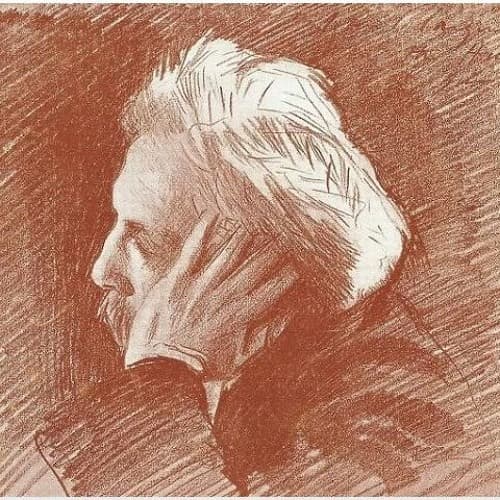Ever since Beethoven redefined what a symphony could be, composers have been, by turn, inspired and intimidated by the genre. Today we look at the stories of how five very different composers dealt with the pressure and weight of expectation and produced outstanding first symphonies.
Hector Berlioz: Symphonie Fantastique (1830)
Berlioz was 27 at its completion.
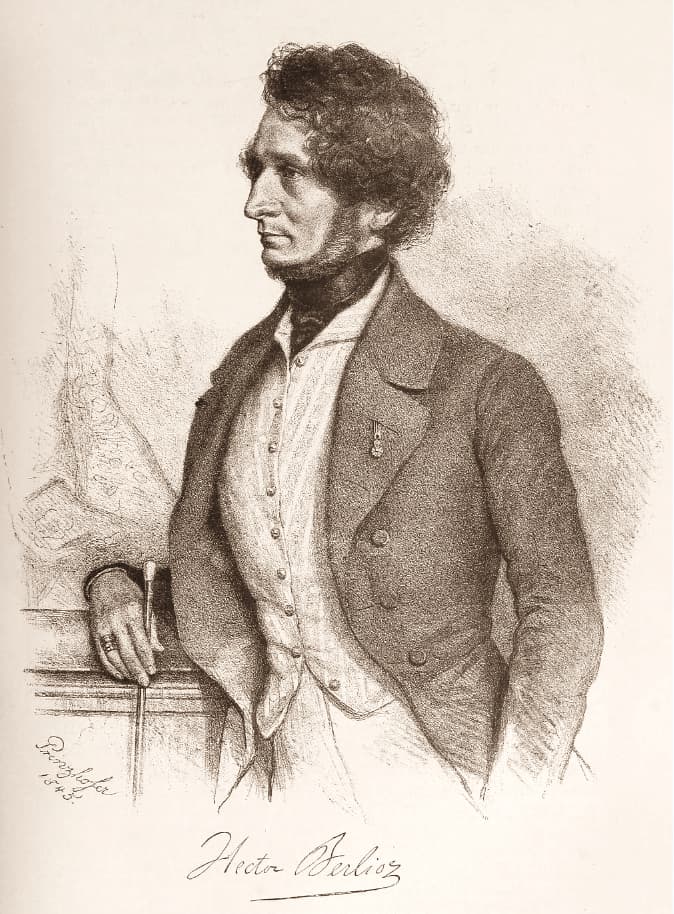
Hector Berlioz
After Beethoven’s staggering Ninth Symphony, which completely rewrote the rules of the genre by including a finale featuring a chorus, composers had to decide how to continue to innovate the form. Beethoven himself couldn’t do it; he died in 1827, in the midst of sketching out his tenth symphony. So composer Hector Berlioz set off in a brand new direction, creating a symphony that offered innovative orchestration and heavy doses of surreality.
The Symphonie Fantastique made its mark by embracing the genre of program music, i.e., music that told a specific extra-musical story. The story Berlioz chose to tell was terrifying on multiple levels. The music traces the journey of a young musician who falls in love with his illusion of a woman. Haunted by this illusion throughout a variety of circumstances, he takes too much opium and dreams of killing his love, a crime for which he is condemned to death. Once he is executed, he sees himself at a witch’s Sabbath. The symphony ends as a nightmare inside a nightmare inside another nightmare.
While composing, Berlioz was deeply inspired by his unrequited fascination with Irish actress Harriet Smithson, who he loved less as a person and more as an artistic ideal. Part of the symphony’s allure is that the work ultimately impressed Smithson, and she and Berlioz were married in 1833 (albeit to disastrous results). Between its innovative orchestration and Romantic Era meta-commentary, the Fantastique is usually a lock for most listeners’ “best first symphonies” list.
Georges Bizet: Symphony in C (1855)
Bizet was 17 at its completion
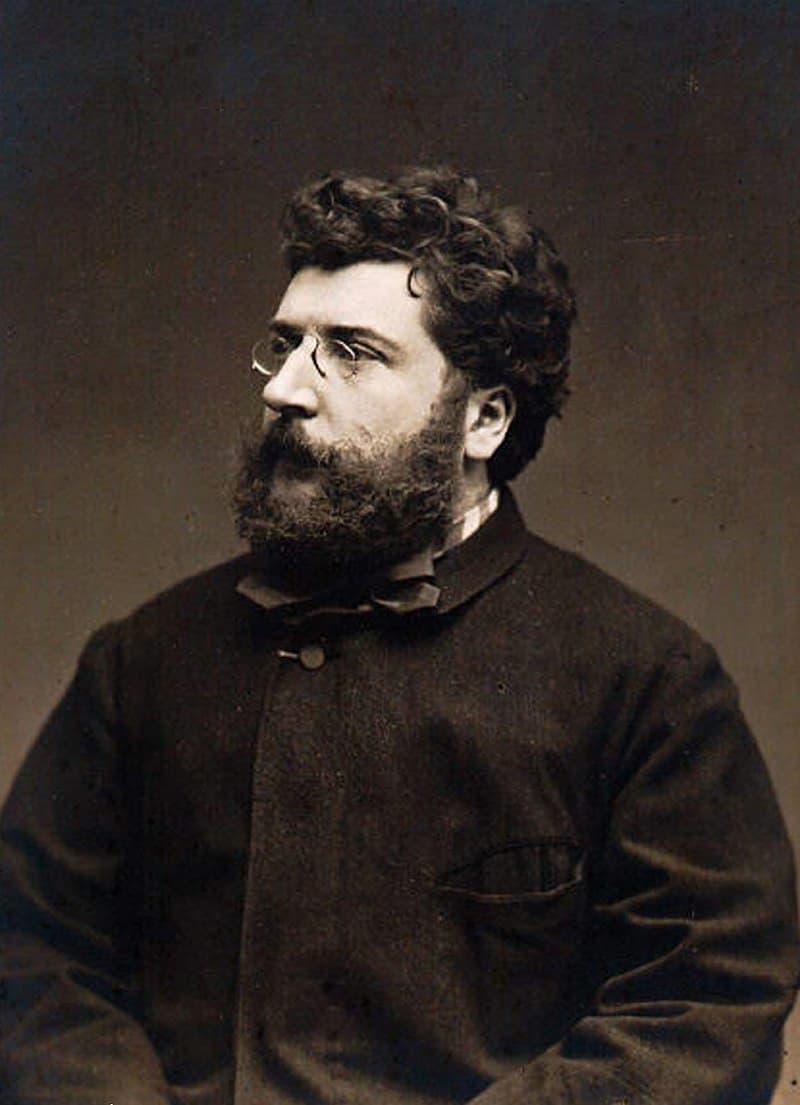
Georges Bizet, 1875
Bizet’s first symphony might not have made this list if the composer had been somewhat older, but given that it was written as a student assignment when Bizet was studying at the Paris Conservatoire, it’s truly remarkable. It took him roughly a month to write and was deeply inspired by the work of his teacher, Charles Gounod.
Oddly, despite its technical accomplishment, Bizet made no move to publish the work, or even have it performed. There are theories that he feared it drew too heavily from Gounod. After Bizet’s sudden death in 1875, the manuscript was passed from person to person until the 1930s, when it was finally performed and became a part of the standard repertoire.
Johannes Brahms: Symphony No. 1 (1855-1876)
Brahms was 43 at its completion
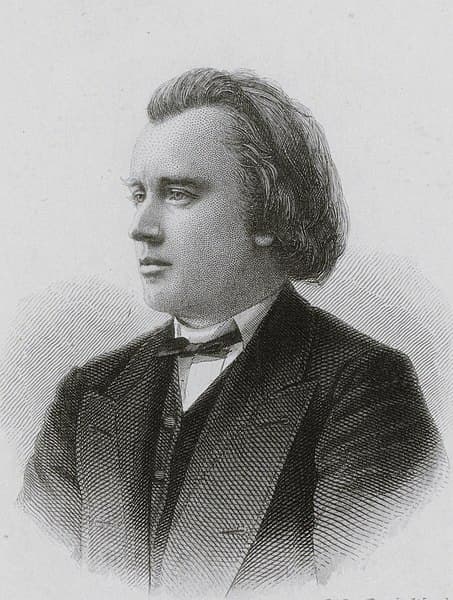
August Weger: Bildnis von J. Brahms, 1960 (Staats- und Universitätsbibliothek Hamburg Carl von Ossietzky)
Brahms spent his entire young adulthood with the weight of tradition on his shoulders. The cult of Beethoven was growing, and during the age of Wagner, Brahms was viewed as one of the best hopes left for “absolute music” – in other words, music that didn’t tell an extra-musical story to make an impact. As a result of this pressure, he labored for twenty-one years on his first symphony, refusing to release such a major creative statement until he was happy with how it had turned out.
Brahms’s first symphony owed so much to Beethoven that it earned the nickname “Beethoven’s tenth.” With his first symphony, Brahms chose a different path from Berlioz: instead of remaking the wheel, he spent two decades refining it. His craftsmanship makes Brahms’s first symphony one of the most beloved of all first symphonies.
Gustav Mahler: Symphony No. 1 (1887-1888)
Mahler was 28 at its completion
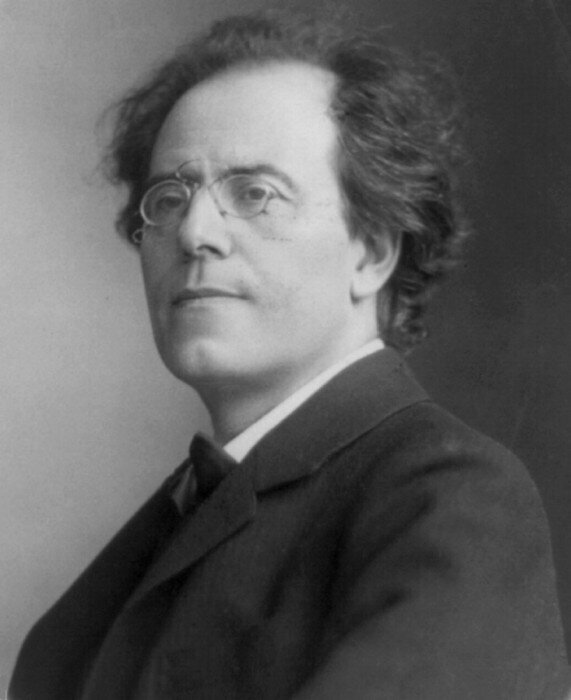
Gustav Mahler
Young composer and conductor Gustav Mahler added his tribute to Beethoven’s legacy by starting his first symphony with an allusion to Beethoven’s fourth. He also inserted additional references that were personally important to him, like the spirits of German lied, Liszt, Wagner, and folksong. Remarkably, given all that, the final product doesn’t feel like a hamfisted mishmosh. Indeed, in its theatrical drama and lushness, it is unmistakably Mahler. This work would be a great achievement for any symphonist but is a truly special one for a composer writing his first.
Dmitri Shostakovich: Symphony No. 1 (1924-1925)
Shostakovich was 19 at its completion
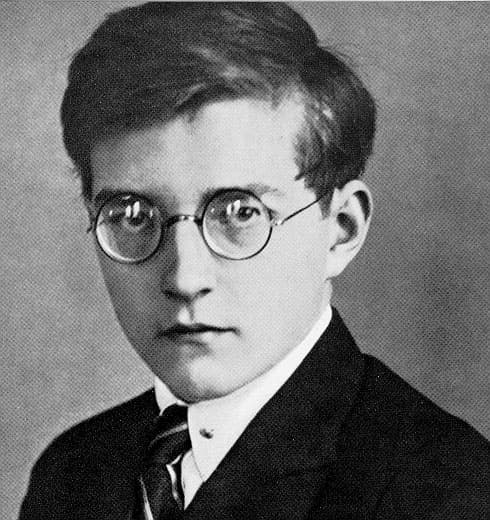
Dmitry Shostakovich, 1925
When Dmitri Shostakovich’s aunt heard the American premiere of her nephew’s first symphony, she was startled to hear bits and pieces of music he’d been composing and playing since he was a boy. It turns out that Shostakovich mined his childhood for this work, which was written upon his graduation from the Petrograd Conservatory.
Shostakovich’s first symphony was rapturously received at its premiere. It’s a work filled with wit and sarcasm, playing with conventions that had developed over the past hundred years and then fearlessly commenting on them. The work made Shostakovich internationally famous very quickly, which would have big ramifications not just for Shostakovich’s life, but for classical music generally. To this day, it remains one of the best-regarded first symphonies ever written.
For more of the best in classical music, sign up for our E-Newsletter

